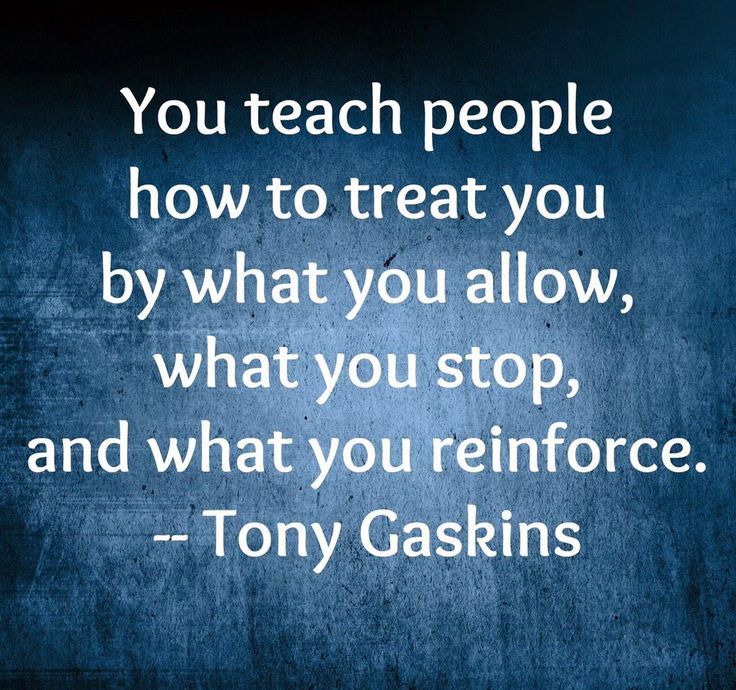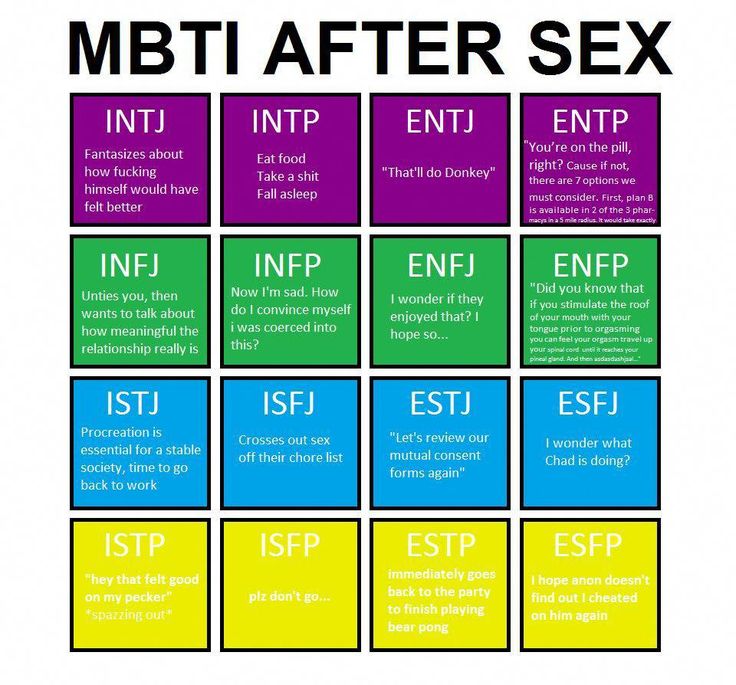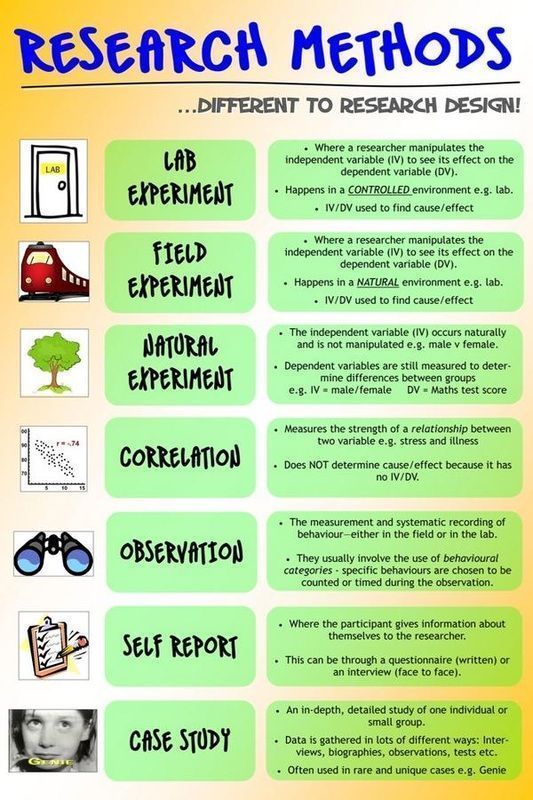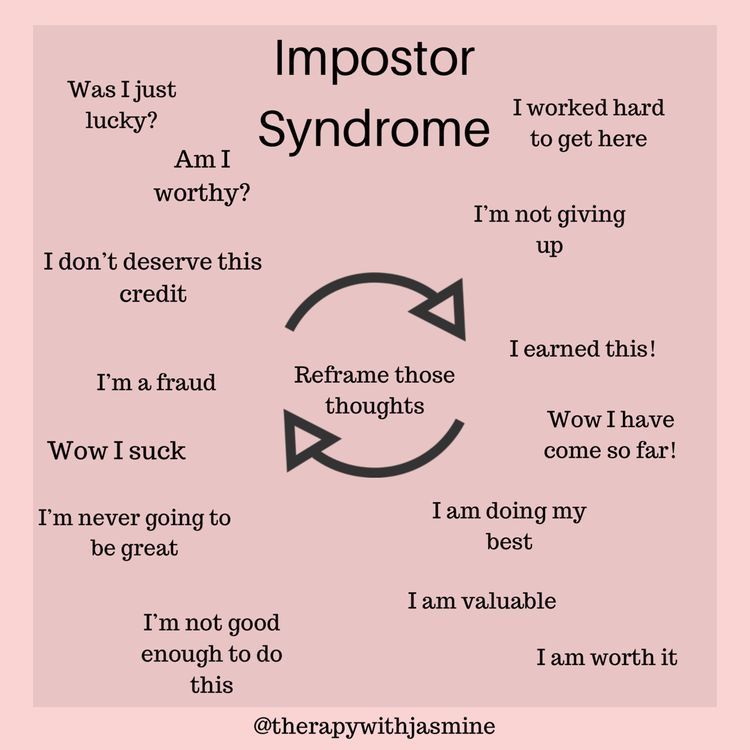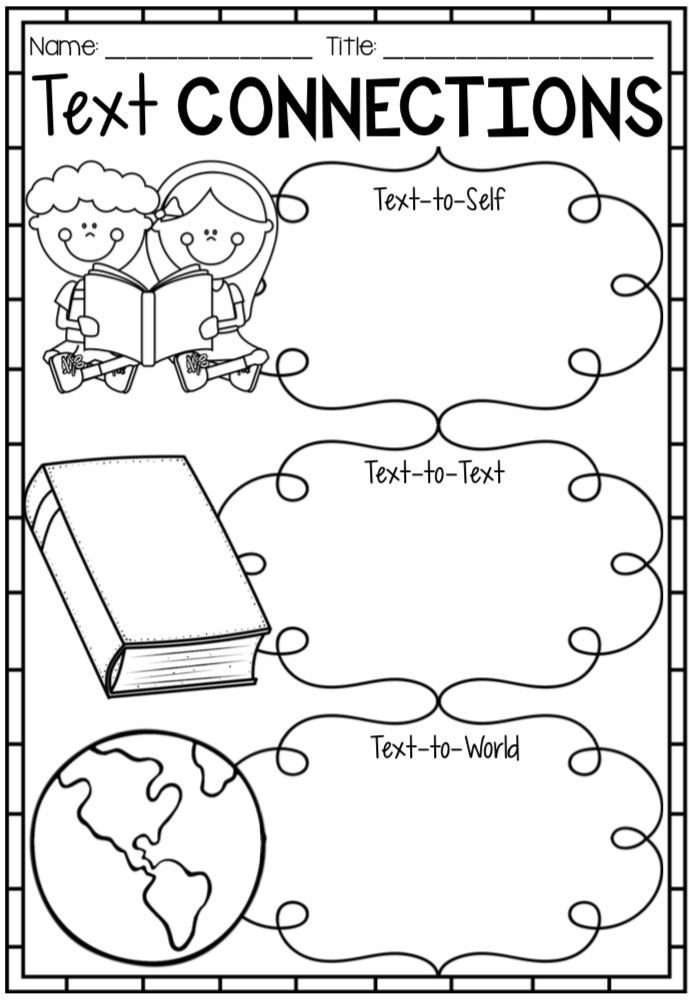We teach people how to treat us.
How Do You Teach People to Treat You with Respect?
You teach people how to treat you by setting clear boundaries, defining your expectations, expressing emotions empathetically, and exiting situations you find unacceptable.
Teaching people how you want to be treated starts with yourself. You may need to first define what works and doesn’t work for you. Then, you can be transparent with others.
Teaching others about what you want doesn’t guarantee they’ll follow suit, though. So, it may also be important to learn how to let go of things you cannot control.
Teaching people how to treat you is a process that involves introducing them to “what is acceptable and unacceptable. It is knowing what we need and want, and being able to communicate it effectively to others,” says Michael Morgan, LMFT, a marriage and family therapist in Sandy, Utah.
Here are specific tips to teach others how to treat you:
“To teach people how to treat you, you do not begin with them, you begin with yourself,” says Josephine Wiseheart, MS, a psychotherapist in Miami. At the end of the day, you need to be clear on what you need and want from others, so you can be consistent with your requests.
Also, self-respect helps you recognize how you deserve to be treated by other people.
“The way you believe about and treat yourself sets the standard for others on how you demand to be treated,” says Morgan. “People learn how to treat you based on what you accept from them.”
Teaching others how to treat you starts with self-awareness, according to Wiseheart. She suggests asking yourself these questions:
- How do I treat myself?
- What do I value?
- What do I want?
- What do I think I deserve?
Wiseheart regularly tells her clients to “be the pebble.” In other words, “to create even a seemingly small amount of change will ripple out and create more change.”
People don’t know how you want to be treated.
“In order for people in a relationship to be on the same page, they need to have access to the same instruction manual,” says Wiseheart, who calls this manual the “rules of engagement. ”
”
Wiseheart suggests having an equivalent of a business meeting to discuss the “rules” of your relationship. You may want to find a time when everyone is in good spirits and willing to elaborate on this topic. Doing this in the middle of an argument might be counterproductive.
Some rules may include:
- no name calling
- no yelling
- actively listening to one another
- giving the other person the benefit of the doubt
- taking pauses if a conversation is getting out of hand
Setting your rules also implies setting boundaries when these rules aren’t respected.
“Rather than scream ‘you never listen to me,’ it is more helpful to express ‘I feel alone right now and I would be very grateful if I could have your undivided attention for 10 minutes,’” says Morgan.
In other words, you teach people how to treat you when you can identify a need and then express it in a clear and comprehensible way, added Morgan. That’s why using the silent treatment, for example, doesn’t fit here.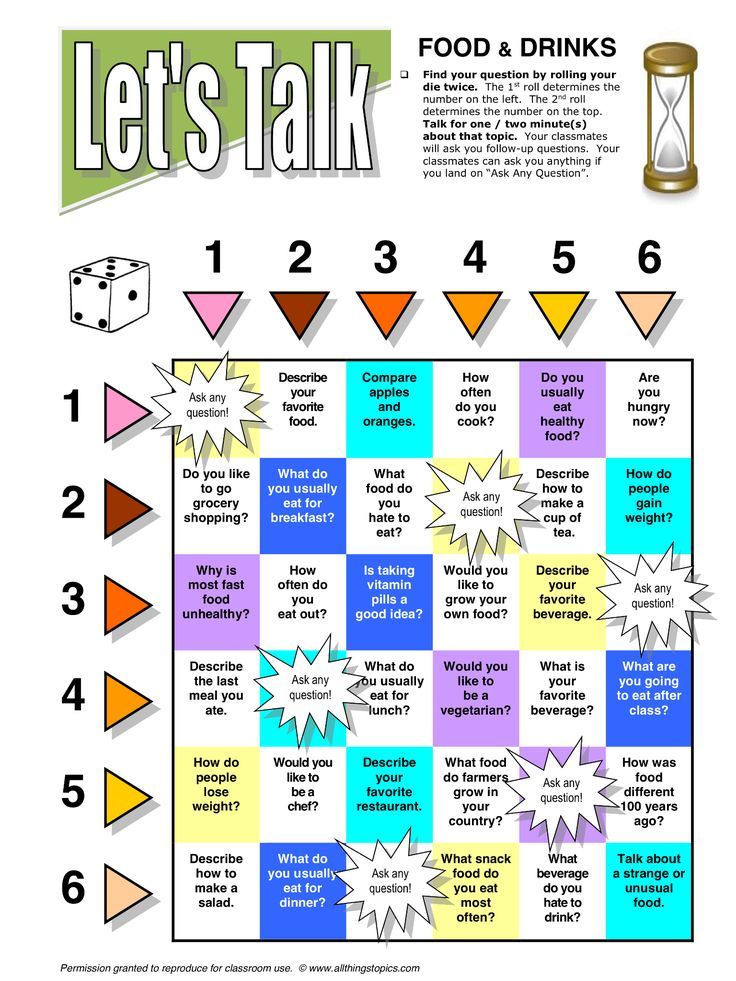
“If we use pouting, desperation, or even abuse, people do not learn how we want to be treated,” he says. “All they hear is pouting, desperation, and screaming. The message does not get across.”
“Be the person you want other people to be,” says Wiseheart. That is, treat others the way you want them to treat you, which is reminiscent of the Golden Rule and different from treating people how they treat you.
“If you want your children to be kind to you, be kind to them; if you want your sweetheart to be romantic and affectionate with you, be that way with them,” she adds.
Reinforcement simply means expressing appreciation when the other person makes the effort to change their behavior, Wiseheart says. For instance, you might say: “I appreciate that you listened to me so intently yesterday.”
“Reinforce [behaviors you like] at the time, 5 minutes later, 10 minutes later, an hour later, a day later, 10 days later,” she says. “You cannot reinforce a positive behavior enough.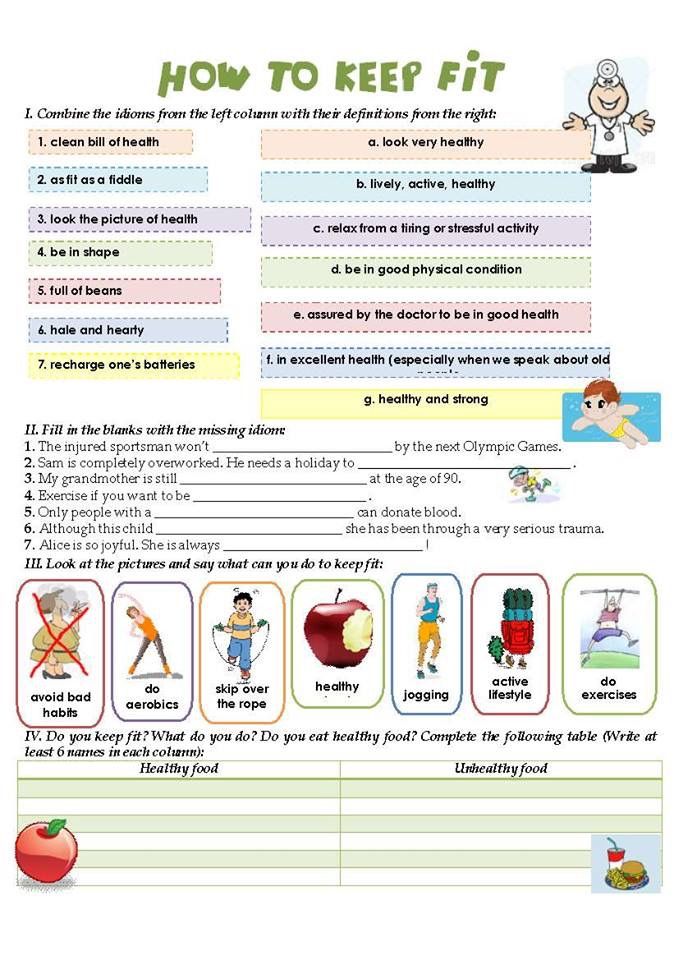 ”
”
“Find a role model of someone who demands respect and appears to have a strong sense of worth,” advises Morgan.
This person might be a parent, peer, friend, teacher, coach, therapist, mentor, or even a well-known celebrity, he suggested.
“The important component of a role model is that they are emulating the desired beliefs and behaviors that you would like to adopt or integrate.”
“You don’t teach people how to treat you in a day, or a week, or a month,” says Wiseheart. “It probably takes many months at a minimum to really get someone to treat you the way that you want to be treated.”
Sometimes, people may be too caught up in being rigid and defending their own reality to try to act differently, she says.
When you start clarifying what you will and won’t tolerate, there’s also a chance some people won’t stick around, adds Wiseheart. “At that point, you need to ask yourself what’s in your best interest — a relationship at the cost of you, or making room for the future relationships that you deserve?”
How Do You Teach People to Treat You with Respect?
You teach people how to treat you by setting clear boundaries, defining your expectations, expressing emotions empathetically, and exiting situations you find unacceptable.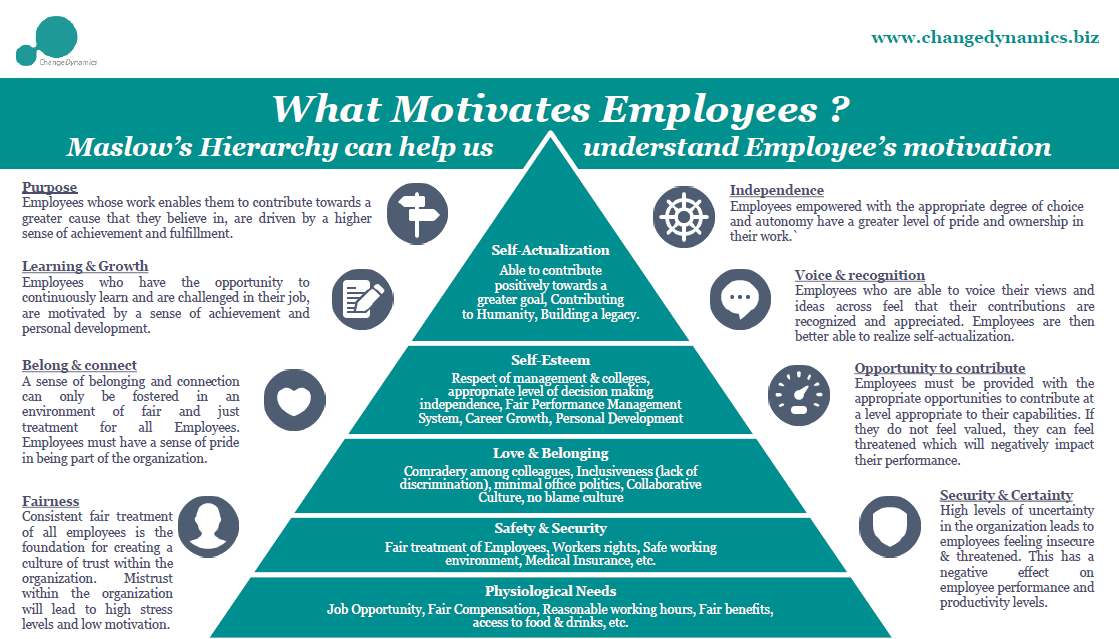
Teaching people how you want to be treated starts with yourself. You may need to first define what works and doesn’t work for you. Then, you can be transparent with others.
Teaching others about what you want doesn’t guarantee they’ll follow suit, though. So, it may also be important to learn how to let go of things you cannot control.
Teaching people how to treat you is a process that involves introducing them to “what is acceptable and unacceptable. It is knowing what we need and want, and being able to communicate it effectively to others,” says Michael Morgan, LMFT, a marriage and family therapist in Sandy, Utah.
Here are specific tips to teach others how to treat you:
“To teach people how to treat you, you do not begin with them, you begin with yourself,” says Josephine Wiseheart, MS, a psychotherapist in Miami. At the end of the day, you need to be clear on what you need and want from others, so you can be consistent with your requests.
Also, self-respect helps you recognize how you deserve to be treated by other people.
“The way you believe about and treat yourself sets the standard for others on how you demand to be treated,” says Morgan. “People learn how to treat you based on what you accept from them.”
Teaching others how to treat you starts with self-awareness, according to Wiseheart. She suggests asking yourself these questions:
- How do I treat myself?
- What do I value?
- What do I want?
- What do I think I deserve?
Wiseheart regularly tells her clients to “be the pebble.” In other words, “to create even a seemingly small amount of change will ripple out and create more change.”
People don’t know how you want to be treated.
“In order for people in a relationship to be on the same page, they need to have access to the same instruction manual,” says Wiseheart, who calls this manual the “rules of engagement.”
Wiseheart suggests having an equivalent of a business meeting to discuss the “rules” of your relationship. You may want to find a time when everyone is in good spirits and willing to elaborate on this topic. Doing this in the middle of an argument might be counterproductive.
Doing this in the middle of an argument might be counterproductive.
Some rules may include:
- no name calling
- no yelling
- actively listening to one another
- giving the other person the benefit of the doubt
- taking pauses if a conversation is getting out of hand
Setting your rules also implies setting boundaries when these rules aren’t respected.
“Rather than scream ‘you never listen to me,’ it is more helpful to express ‘I feel alone right now and I would be very grateful if I could have your undivided attention for 10 minutes,’” says Morgan.
In other words, you teach people how to treat you when you can identify a need and then express it in a clear and comprehensible way, added Morgan. That’s why using the silent treatment, for example, doesn’t fit here.
“If we use pouting, desperation, or even abuse, people do not learn how we want to be treated,” he says. “All they hear is pouting, desperation, and screaming. The message does not get across.”
The message does not get across.”
“Be the person you want other people to be,” says Wiseheart. That is, treat others the way you want them to treat you, which is reminiscent of the Golden Rule and different from treating people how they treat you.
“If you want your children to be kind to you, be kind to them; if you want your sweetheart to be romantic and affectionate with you, be that way with them,” she adds.
Reinforcement simply means expressing appreciation when the other person makes the effort to change their behavior, Wiseheart says. For instance, you might say: “I appreciate that you listened to me so intently yesterday.”
“Reinforce [behaviors you like] at the time, 5 minutes later, 10 minutes later, an hour later, a day later, 10 days later,” she says. “You cannot reinforce a positive behavior enough.”
“Find a role model of someone who demands respect and appears to have a strong sense of worth,” advises Morgan.
This person might be a parent, peer, friend, teacher, coach, therapist, mentor, or even a well-known celebrity, he suggested.
“The important component of a role model is that they are emulating the desired beliefs and behaviors that you would like to adopt or integrate.”
“You don’t teach people how to treat you in a day, or a week, or a month,” says Wiseheart. “It probably takes many months at a minimum to really get someone to treat you the way that you want to be treated.”
Sometimes, people may be too caught up in being rigid and defending their own reality to try to act differently, she says.
When you start clarifying what you will and won’t tolerate, there’s also a chance some people won’t stick around, adds Wiseheart. “At that point, you need to ask yourself what’s in your best interest — a relationship at the cost of you, or making room for the future relationships that you deserve?”
Thinking of the Future: Nine Ways to Make the Brain Work for Us
Olga Chem, COO of digital agency WIM.Agency, tells how to learn to think in a new way
We constantly notice that people react to events in different ways. For one, the slightest obstacle becomes insurmountable, while for the other there are no obstacles on the way to the goal. One hates change, the other is constantly trying new things.
For one, the slightest obstacle becomes insurmountable, while for the other there are no obstacles on the way to the goal. One hates change, the other is constantly trying new things.
Carol Dweck, an American psychologist and one of the leading experts in the field of motivation, believes that it's about how we think. She distinguishes two types of thinking: fixed and flexible. In the first case, a person considers his abilities and skills to be a given, does not use opportunities for development, takes failures hard, and attributes the successes of others to the fact that they are “just lucky”. Flexible thinkers, on the other hand, are not afraid of failure, believe that the necessary traits can be developed, and see the success of others as a motivation for growth.
What type a person belongs to largely determines the quality of his life. The good news is that this is not an innate trait: your thinking can and should be changed. Consider how to do this, using the example of nine of the most common situations and phenomena.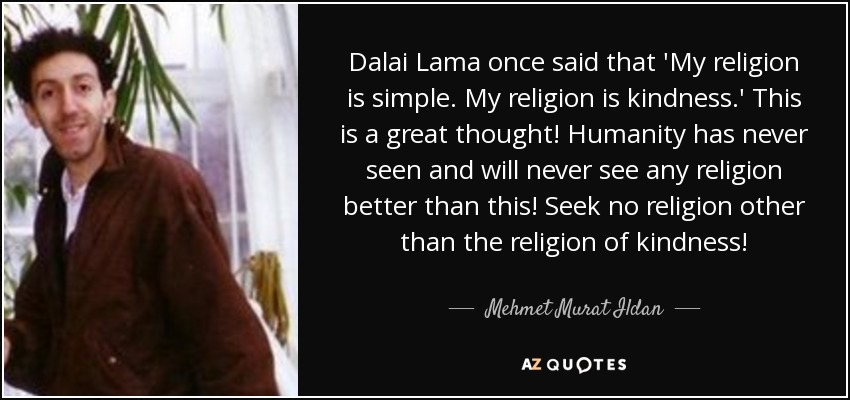
1. Attitude towards abilities
Fixed mindset: talents, skills, abilities are a given that we have received once and for all. Those with more ability are just lucky.
Which is better?
It is important to understand that along with inborn tendencies there are many skills that we develop on our own. Often, perseverance and effort mean more than the talent given by nature. “The one who can do more just learned more,” this is how a person with flexible thinking thinks.
2. Attitude towards mistakes
Fixed thinking: mistakes are bad. You can’t make a mistake, because I will look bad from the outside.
Which is better?
Mistakes are inevitable, because it is not in vain that they say that only those who do nothing do not make mistakes. Flexible thinkers don't make mistakes out of tragedy, because a mistake is an opportunity to improve.
3. Attitude towards difficulties
Fixed thinking: difficulties often lead to mistakes, which means that it is better to avoid them so as not to end up in an awkward situation.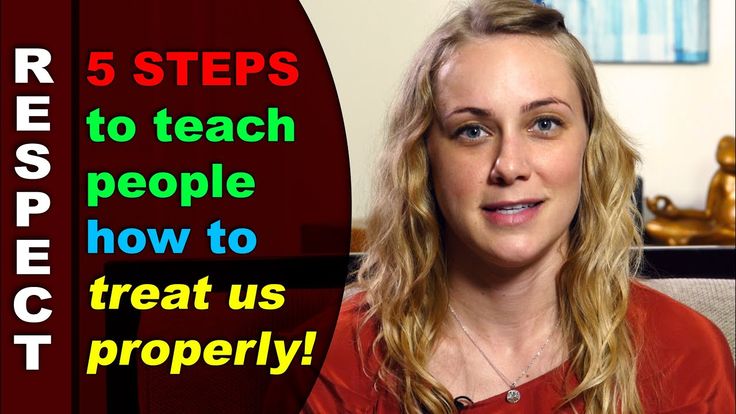
Which is better?
Like mistakes, difficulties are opportunities to learn and improve. Without leaving the comfort zone, there is no development, because moving forward always requires effort.
4. Attitude towards failures
Fixed thinking: “Well, nothing will work out, it’s better to give it all up!”
Which is better?
“These are only temporary difficulties, I will continue to try!” This may seem self-convincing and feigned optimism, but this is how people with flexible thinking think. It is important to remember that there are very few truly uncorrectable mistakes: as a rule, what at first seemed like a disaster will be forgotten in a couple of weeks.
5. Attitude towards other people's success
Fixed thinking: “Others are more fortunate than me! Why is life so unfair? I will never be able to achieve such success!”
Which is better?
Instead of endlessly comparing yourself with others (and not in your favor), you can find inspiration and a good sign in the successes of those around you.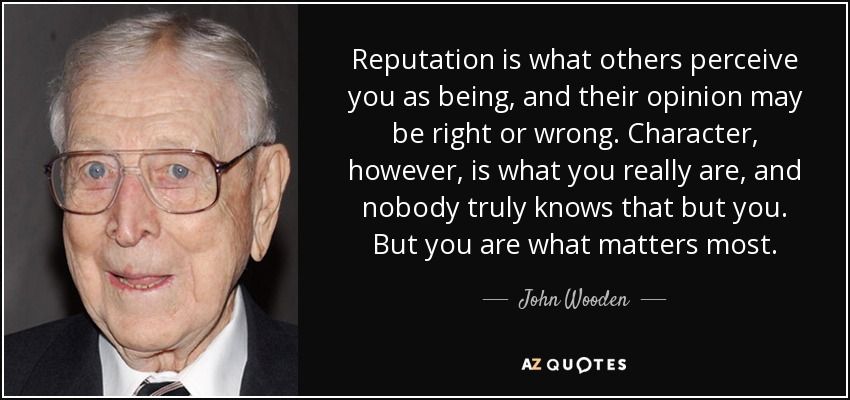 “Here is what, it turns out, can be achieved! If they can do it, I can do it too!”
“Here is what, it turns out, can be achieved! If they can do it, I can do it too!”
6. Attitude towards criticism
Fixed thinking: resentment and rejection. Critical comments are ignored, even if they may be helpful.
Which is better?
Criticism is an integral part of the work process. Of course, you should not get carried away with self-flagellation, but criticisms made in the correct form really help us to become better.
7. Attitude towards the new
Fixed thinking: everything new is perceived as a potential failure, which means that it is better to choose the familiar and proven.
Which is better?
Familiar environment and familiar tasks, nothing new. So calm, comfortable, quiet ... And no development. You don’t need to chase change for the sake of change, but you shouldn’t be afraid of the new either: this is a great opportunity to diversify your life and acquire new skills.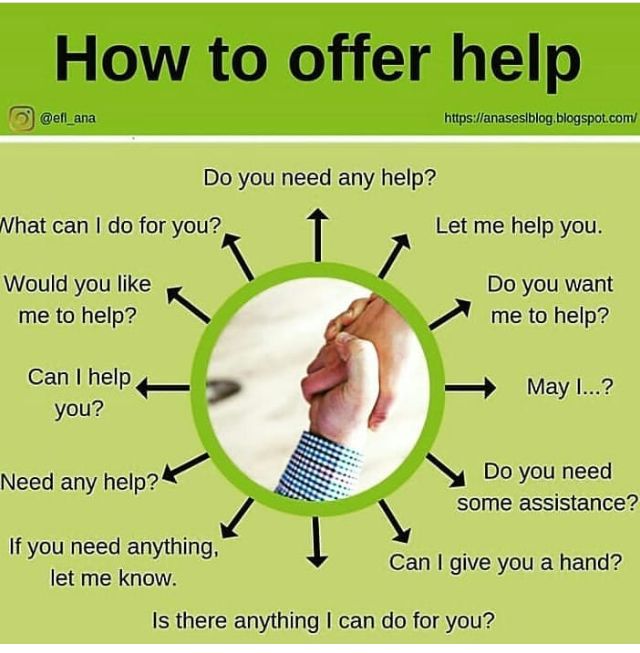
8. Attitude towards people
Fixed thinking: preference is given to the environment, next to which a person feels more confident.
Which is better?
“Ugly girlfriend” jokes are invented by people with a fixed mindset. You should not choose people against whose background you look more advantageous, more successful and smarter. Let your environment inspire you and help you become better.
9. Attitude towards the process/result
Fixed thinking: fixation on the result. “The result is me,” which means that in case of failure, the whole personality is depreciated.
Which is better?
Instead of waiting with bated breath for the result (and fearing it won't be good enough), focus on the process. "I'll do my best and come what may." Remember that any result does not characterize a person as a person, which means that failure is not the end of the world.
What to do?
Of course, knowing “how to” is already half the battle, but it is better to help yourself restructure your thinking and start thinking differently.
- The book of the previously mentioned Carol Dweck "Flexible Mind" can become the main assistant. By the way, for those who read in English, there is "Minset - Updated edition" - an updated version of the book, published five years after the appearance of "Flexible Consciousness".
- It will be useful to listen to lectures and podcasts with Dweck. There is only TED Talk in Russian. In English, you can find more podcasts with her participation, for example, on The Psychology Today, Art of Manliness and Talks at Google.
- Among the Russian podcasts, one can also note “Will be Done”, dedicated to personal effectiveness.
- Other noteworthy books include the classic How to Stop Worrying and Start Living by Dale Carnegie, and the relatively new The Subtle Art of Not Giving a Fuck by Mark Manson.
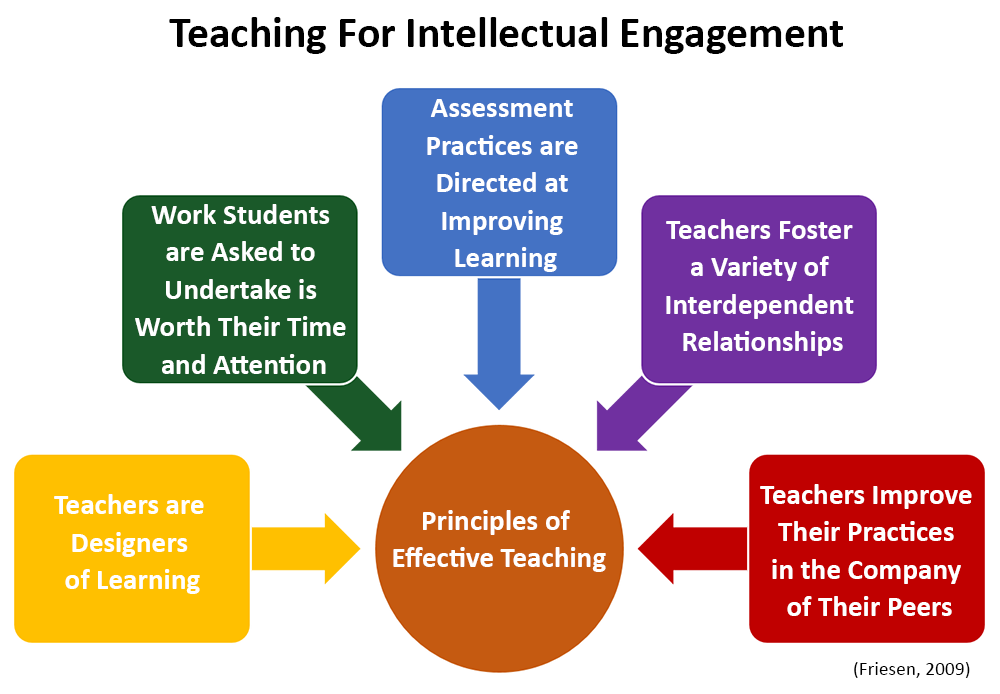
Adaptability and positive thinking can also be learned with the help of the following modules on Coursera:
- Basics of Positive Psychology course;
- course "Science of well-being";
- course "Skills for Resilience in Times of Uncertainty".
It is worth remembering that materials on the topic of positive thinking should be approached very selectively so as not to waste time on frankly low-quality content.
And finally...
Fixed thinking is resentment towards life, constant disappointments, sadness over missed opportunities and a sense of the unfairness of the world. Of course, it is quite difficult to develop and achieve success in such conditions.
People with flexible thinking, on the other hand, are confident in their abilities, accept ups and downs and understand that the opportunities that the world offers are great. It is indeed easier for such people to become successful - not because they are "just lucky", but because of the type of thinking that contributes to success.
It is important to understand that it is not only about work achievements: the way we think has a decisive impact on the quality of our lives, helps to communicate correctly with loved ones and forge new connections. Finally, flexible-thinking parents teach this to their children, shaping a whole generation of “happy-minded” people.
More information and news about education trends in our Telegram channel. Subscribe.
teaching a child to take care of nature
Taking care of nature is a habit that should be cultivated in every child. In the new material, we figured out how to do it in an exciting way and without too much edification.
The world of nature is the ideal environment for a child to develop: it is the most incredible art gallery, a laboratory equipped with everything necessary, a magnificent gym, and a real research center.
At the same time, entering the space of nature is natural for any person.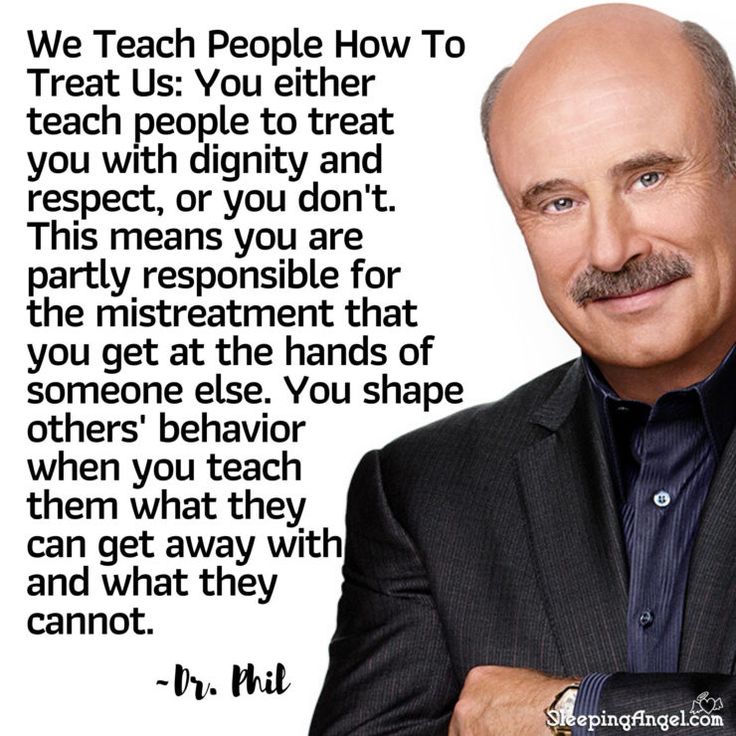 No special exercises are needed to get used to it. Every adult can interest a child in the rich life of water, earth, stones, plants and animals.
No special exercises are needed to get used to it. Every adult can interest a child in the rich life of water, earth, stones, plants and animals.
What surrounds us
A little researcher needs to be told about what wildlife is, what the world we live in consists of. This is best done while walking through the woods or the nearest park. On the way there, it is worth repeating the rules of behavior in nature, clearly indicating the prohibitions: you can not break tree branches, stir with a stick in an anthill, torment insects and birds, make a fire .
It is important not just to ban, but to make it clear: nature is a big house, in which one can live harmoniously only in harmony and respect for each, even the smallest, inhabitant.
It's great if a child wants to collect something from natural materials: cones, acorns, river pebbles, shells. This should be treated with understanding, having allocated a special box or shelf on the balcony for finds of this kind.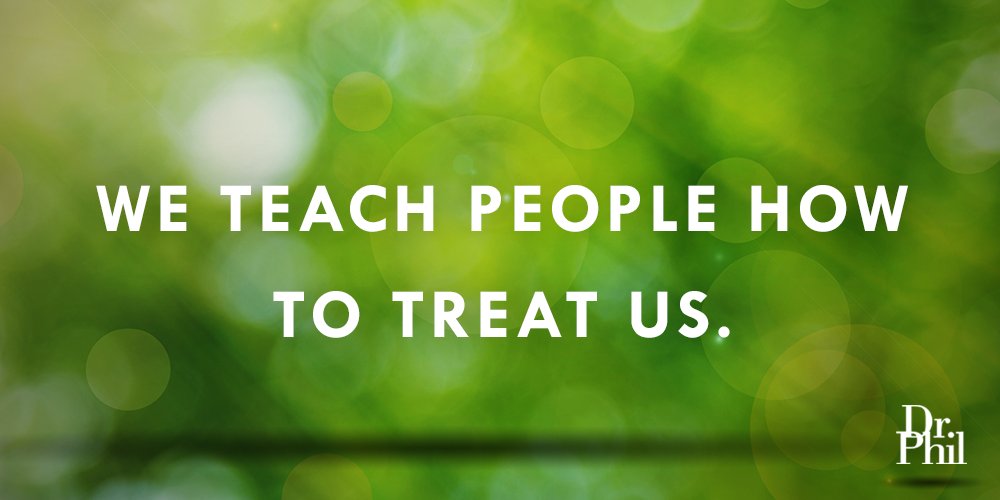 Collecting is the first step to learning.
Collecting is the first step to learning.
Documentary films about nature (“Earth: One amazing day”, “Animals are wonderful people”, “Bears”, “Birds”), educational cartoons (“The Extraordinary Adventures of Karik and Vali”, “The Adventures of Lolo the Penguin”) will help to consolidate interest. ), books by V. Bianchi, E. Charushin, G. Sladkov, V. Berestov, K. Paustovsky, M. Prishvin, J. K. Jerome, S. Thompson, J. Darell.
How well new knowledge is mastered will be shown by interactive tasks from the course "The World Around" on "Yaklass".
Unobtrusively remind the rules of safety on the water and in the forest will help tests from the section "The World Around, Grade 1":
Practical Solutions
Love is active, so it is important to move from theory to practice and start taking care of nature. For the first time, the simplest ideas will do.
- Organize a community work day. Invite residents of nearby houses, friends, classmates of the child with their parents.
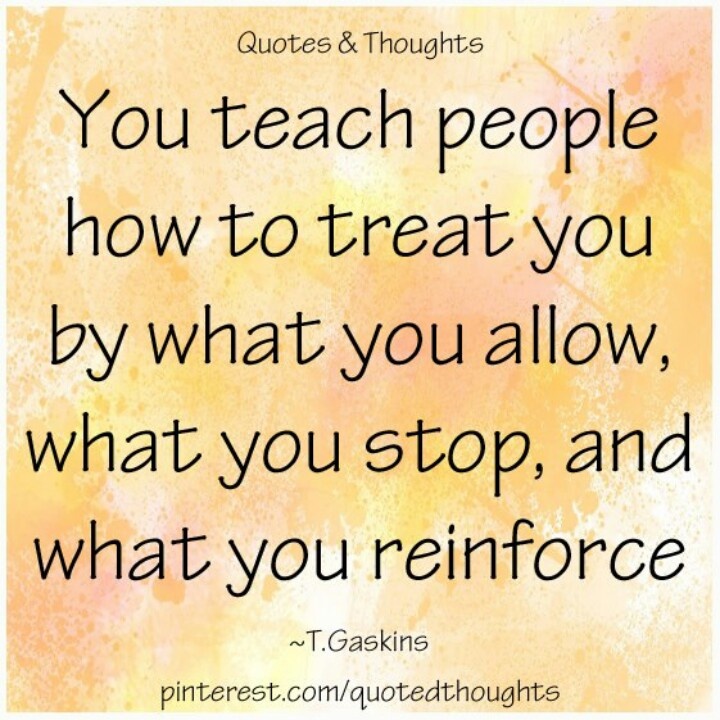 In autumn you can clean up the leaves, in winter you can clean the snow, in the spring you can plant flowers and seedlings. After the subbotnik, you can arrange a festive concert with songs, dances and games.
In autumn you can clean up the leaves, in winter you can clean the snow, in the spring you can plant flowers and seedlings. After the subbotnik, you can arrange a festive concert with songs, dances and games. - Make a feeder or birdhouse. In autumn and winter, the most important concern is feeding the birds. Learn what you can feed titmouse, sparrows, pigeons, wild ducks. Watch the birds in your backyard and nearby park. Hang a few handy feeders in safe places and remember to replenish them regularly with your child.
- Walk the dog from the shelter. If a child has been dreaming of a dog for a long time, but there is no opportunity to get one yet, regular walks with an animal from a shelter will be a good alternative. Encourage a child's desire to take care of someone. This is how empathy, responsibility, the ability to love are brought up.
- Dispose of waste. Recycling boxes, paper and plastic packaging, bottles is a very topical environmental issue.
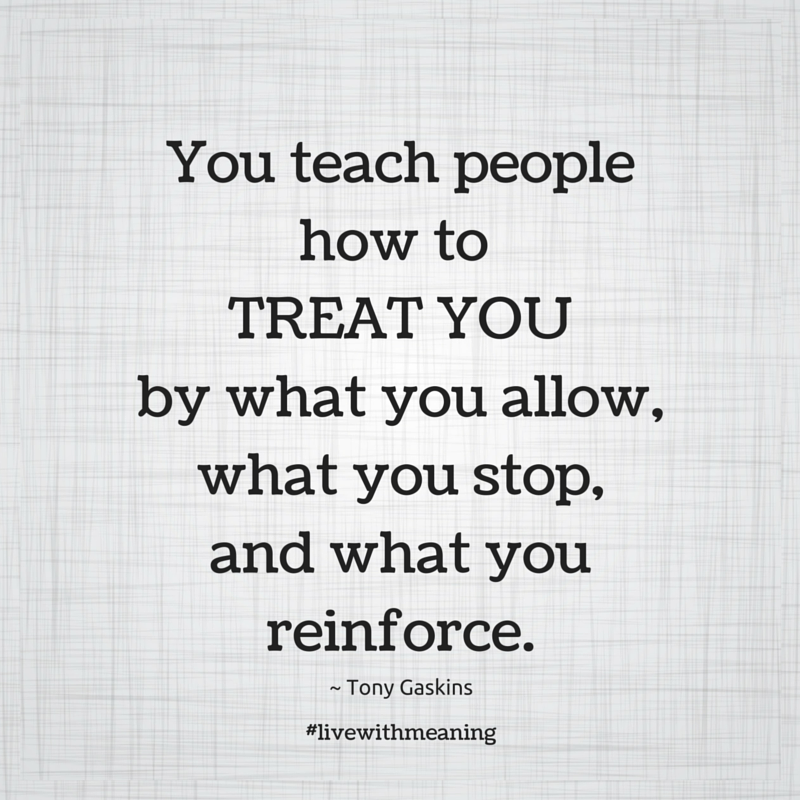 If your yard does not have containers for collecting different types of garbage, get a separate container for bottle caps. Collect unnecessary plastic in a separate bag. Fold piles of scribbled paper and take them to a waste paper collection point. In every city there are places where glass, metal, plastic, paper, unwanted clothes, toys are accepted.
If your yard does not have containers for collecting different types of garbage, get a separate container for bottle caps. Collect unnecessary plastic in a separate bag. Fold piles of scribbled paper and take them to a waste paper collection point. In every city there are places where glass, metal, plastic, paper, unwanted clothes, toys are accepted.
Comprehension of beauty
Of course, nature is also aesthetics. It is so beautiful around that ordinary words cannot convey the admiration of a person for the world. Then favorite poems come to mind. Feel free to read them to your child while walking. At home, you can leaf through the pages of poetry collections together and look for poems that reflect what you saw today. Try to write a poem yourself, offering the child the first line. A good creative impetus for this is given by the Japanese haiku three-verse lines, which capture the beauty of one moment.
Continuing the Japanese theme, make an autumn ikebana with the last flowers, rowan berries, ears of corn or coniferous twigs.